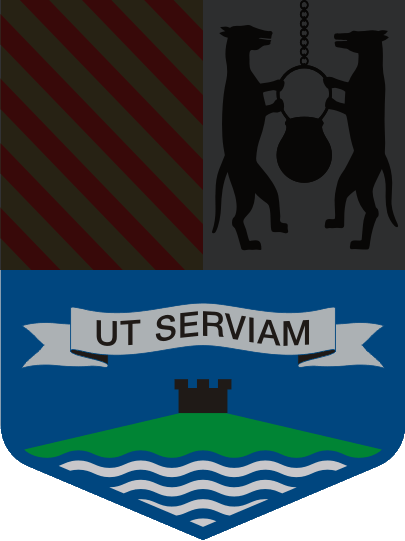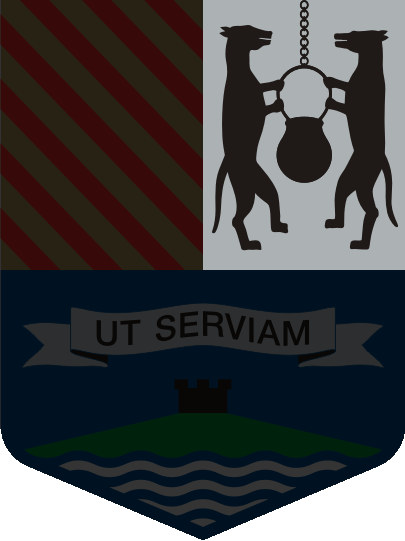Mission
Colegio Seminario is a Catholic educational institution that belongs to the Society of Jesus. We offer, through an educational community rooted in Ignatian pedagogy and spirituality, a comprehensive, humanistic, inclusive and innovative education, inspired by the values of the Gospel that seeks to form mature, simple, competent and honest people, who know how to love faithfully, who can develop their life and with it their profession, in response to God's call to serve others.
Vision
We seek to consolidate a Catholic and Ignatian educational community. Through collaborative work, with the search for MAGIS and human excellence as our commpass, we aim to shape:
- Contemplative people in action, creative and innovative, capable of committing to the reality of their time and the care of Creation, from a compassionate perspective and with social justice.
- People with a life project, who are protagonists of their learning process and enjoy it, and are thus competent from a holistic dimension.
Values
A deep formation in faith in dialogue with other religions and worldviews.
Quality policy
In order to incorporate into our routines a way of proceeding that makes us more effective in pursuing the objectives that drive our entire institutional life, and to have specific instruments adapted to our way of working, since 2008 the school periodically updates its certification in the process of Cura Personalis - an expression that refers to a basic characteristic of the education of the Society of Jesus - with the UNIT ISO 9001 - Quality Management Systems Standard, recognized worldwide.
Strategic plan
The Strategic Planning process at the School is part of our tradition of reviewing and diagnosing the current situation in order to project our medium and long term task, and to organize, align efforts and define the guidelines and central axes of work that contribute to our Mission. Our current plan particularly addresses the challenge of innovation and educational transformation.
History
Colegio Seminario's Coat of arms
Our coat of arms represents the tradition of an institution of the Society of Jesus located in a specific place, Montevideo, which educates students comprehensively in an attitude of service to others.

The lower part places the Institution in its geographical location, symbolized by the Cerro de Montevideo, crowned by the fortress. Above the sky, in black letters on a silver banner, the school's motto: UT SERVIAM, “so that I may serve”.

The Loyola family crest expresses one of the House's virtues: hospitality, symbolised by two sable (black) wolves on a silver field. It means that the Loyola family's hospitality is such that it extends even to the wild beasts of the mountains.

After the battle of Beotíbar in 1321, the Oñaz family received this coat of arms from King Alfonso XI in recognition of the outstanding performance of his seven sons in the conflict. On a gold field (nobility, heroism, loyalty) there are seven blood-coloured stripes, the blood shed in battle by the seven sons of the Lord of Oñaz.

